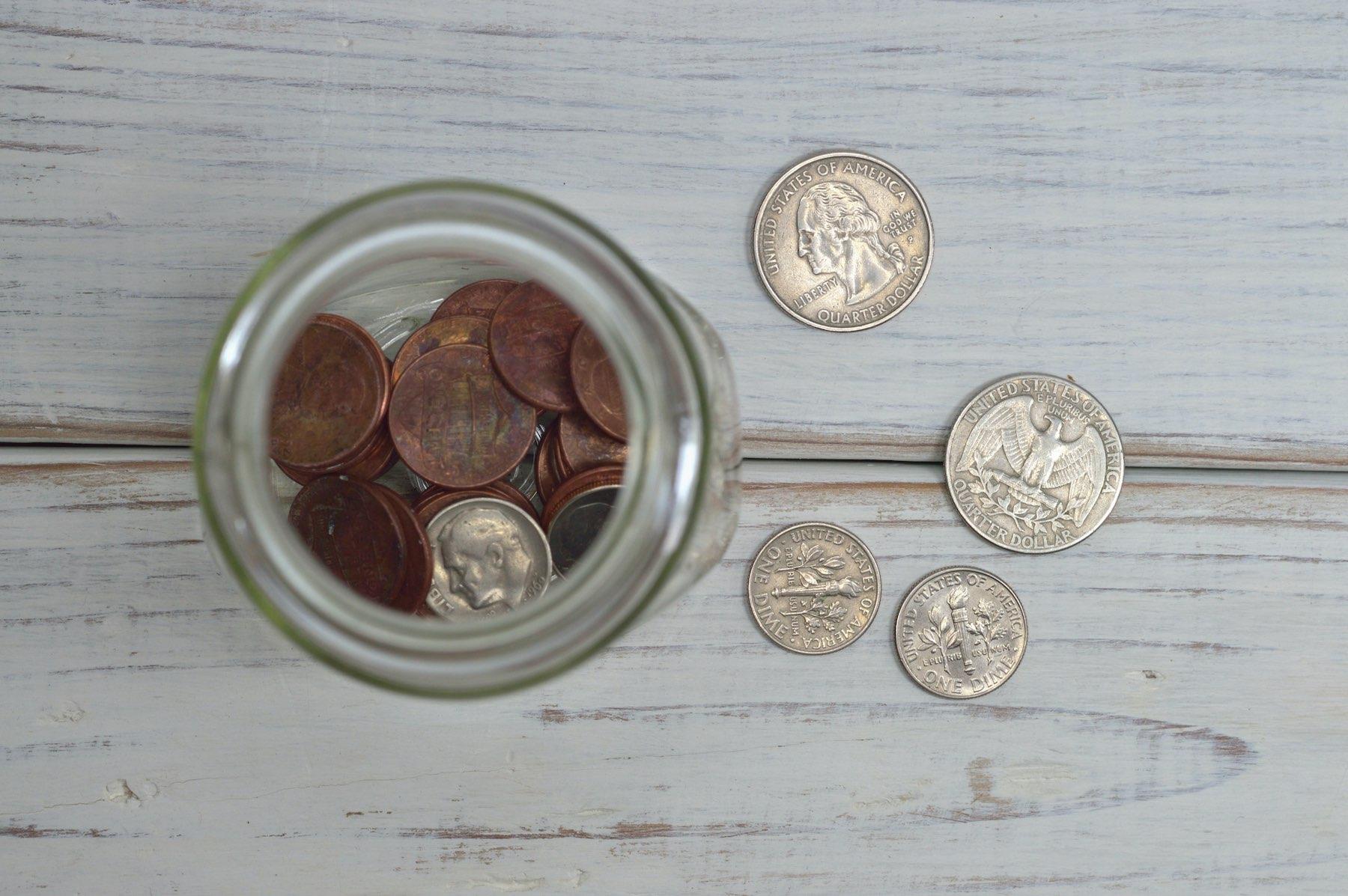If you were lucky enough to buy Bitcoin 13 years ago in 2010, congratulations! You were lucky enough to buy an asset for a fraction of a cent that is now worth tens of thousands of dollars. Unfortunately for the rest of us, it’s unlikely that there will ever be quite the same exponential return, at least not with investing in Bitcoin, which is up 52 million percent since 2010.
That’s not to say there is no point in investing in Bitcoin, and in fact brings up a useful topic, which is buying cheap cryptocurrencies. People will often do this because they like having a whole number rather than a fraction, but as we’ll get into, investing in this manner isn’t any guarantee of a solid return, and is something called unit bias. Let’s jump in.
Unit Bias, Supply, and Their Effect on Pricing
Would you rather buy 0.0001 of a BTC or 500 units of another asset? A lot of people will likely choose the latter, though not because of any fundamental investment thesis, it’s because of unit bias. There is a psychological aspect to this and it can inhibit rational investment. Buying that fraction of a Bitcoin can feel like a bad move if you can instead buy tens of thousands of another asset for the same price. But the reality is that if you’re investing the same amount of money, it doesn’t matter how many units you get, just the overall return in the end.
New crypto investors often question why Bitcoin is X price and another asset is Y price. It generally just comes down to supply of the asset. Bitcoin’s maximum supply that will ever be in circulation is 21 million BTC. By comparison, Cardano (ADA) has a max supply of 45 billion, an exponentially higher number. When taking supply into account, it’s easier to see why you can buy thousands of an asset for the same price that will only buy a fraction of a Bitcoin.
Unit bias and supply of an asset often combine to make an asset look like a more attractive investment than it is. This was especially true of memecoins like Dogecoin (DOGE) and Shiba Inu (SHIB), when they had their big run-ups in price over the last couple years. People could buy millions of SHIB for what would have been the same price for a small fraction of a Bitcoin, and they did. Yes, some people certainly made money in this way, but the reality is that the supply still outweighed demand, and over time, the asset has fallen almost all the way back down to where it started in terms of price. If you didn’t cash out, or bought at the wrong time, you’re now holding a bag that is unlikely to ever recover. You might have millions of SHIB but would you rather have Bitcoin at this point? Probably.
Invest Because of Fundamentals
The reality is that, yes you can buy hundreds of some assets for the same price as a small fraction of Bitcoin, but that doesn’t mean you should. You should be investing in assets based upon their fundamentals, what they’re looking to accomplish, use cases, and other research points that aren’t irrational like unit bias is.
Investing due to the fundamentals behind a project requires due diligence, though you should be doing due diligence regardless of whether you’re looking to buy Bitcoin or any other asset. By understanding the fundamental reasons for which an asset may become valuable over time, you can get ahead of the market, but also feel confident in investing even when market sentiment is negative.
Let’s look at Bitcoin as an example. Though its price suffered greatly over the course of 2022, the fundamental ethos behind Bitcoin and the decentralization of financial peer to peer payment systems hasn’t changed. Even though the price may be down, the thesis for why it was a good investment hasn’t. If you were bullish on Bitcoin long-term due to its fundamentals, you likely only saw the drop in Bitcoin’s price as an opportunity to buy. Whereas if you’re not confident in the fundamentals behind Bitcoin, you might have sold in an effort to reduce your losses.
This isn’t meant to be financial advice, and you can certainly invest in other digital assets and turn a profit, but be sure you’re investing for the right reasons. In the end, your best bet is likely to be to buy $10 in a proven asset like Bitcoin or Ethereum, rather than some new shiny project that may not be on the market next year.
